Electric bikes, also called e-bikes, are the new manner to enjoy commutation, exploration, and outdoor sports. Understanding the factors behind their creation will make your journey easy, green, or even fun. Whether you are an environmentally aware bike owner, a techie, or an adventure-seeker, familiarity with the essential features of an e-bike will help in deriving maximum advantages out of your bike. The key elements in such bikes and realistic methods of utilizing the ones elements for maximum gain are discussed herein.
Let's check all e-bike collection of Ape Ryder after reading the content!
The Frame: The Backbone of Your E-Bike
The frame is like the skeleton of the e-bike, lending shape and stability to it. Materials typically used to construct e-bike frames are aluminum, carbon fiber, and steel. Aluminum frames boast light weight and durability and are therefore ideal for maximum riders. Carbon fiber frames, even though greater luxurious, boast better surprise absorption and a lighter weight, catering to performance lovers. Steel frames are heavier however very robust and provide a easy trip, therefore best for long-distance riding
Choosing the right frame cloth relies upon in your using style and terrain. For urban commutes, an aluminum body balances value and performance. For rugged trails, carbon fiber gives agility and luxury. Meanwhile, metallic frames shine in heavy-obligation packages or for riders prioritizing energy.
Battery: The Heart of Your E-Bike
The battery is arguably the most essential issue, determining your variety and trip period. Most e-bikes use lightweight lithium-ion (Li-ion) batteries because of their excessive energy density and lengthy lifespan. These batteries can manage hundreds of rate cycles and are easy to replace whilst wished. For instance, the Gibbon e-bike features a 40V, 20Ah battery that provides smooth, long rides.
When choosing an e-bike, think of its capacity, usually in watt-hours. The higher the capacity, the longer the range, but this might make the bike heavier. Also, efficient motor use will ensure that your battery provides the perfect balance between performance and endurance.
Motor: The Power Behind the Pedals
The motor is really the difference between an electric bike and a conventional bicycle, supplying the power to climb hills and sustain uniform speeds. There are three most important types of vehicles on electric powered bikes. Hub vehicles, which can be determined in either the the front or the rear wheel hubs, are easy, reliable, and ideal for flat landscapes and urban commuting. Mid-force motors, placed near the pedals, provide the excellent weight distribution and performance.
They are best to use in hilly or off-road conditions. Friction pressure vehicles, which press towards the rear tire, are less common but offer flexibility for riders who use their e-bike from time to time. Each of those motors serves unique wishes, and it is essential to consider your riding surroundings whilst deciding on a motor.
The motor power typically comes in watts, ranging from 250W to 750W. It is an influencing issue on each overall performance and electricity use. Higher-wattage automobiles are better in steeper climbs and additionally with heavy loads; but, they may drain the battery faster. Finding stability together with your motor electricity for your terrain and riding style will ensure you obtain the satisfactory performance on the mountain trails, city streets, or wearing shipment. Choosing the right motor goes hand in hand with reaping maximum efficiency and experience from your e-bike.
Controller: The Brain of Your E-Bike
The controller manages the distribution of power from the battery to the motor. It reads inputs from the rider, such as throttle or pedal assist level, and gives appropriate power to the motor. Basic controllers provide simple on/off functions while advanced models can provide programmable assistance levels and smooth transitions of power delivery.
A well-designed controller amplifies the ride by efficiently using energy and responding accurately with motor support. Some even offer advanced integration with smartphone apps for in-depth ride analytics and adjustment.
Pedal Assist System (PAS): Effortless Riding
The Pedal Assist System gives a whole new life to the experience of riding an e-bike, responding to every pedal stroke with motor assist. This makes for a smooth combination of pedaling and motor power. Generally, there are three different types of PAS for different riding preferences. Cadence Sensor PAS: Once pedaling commences, it automatically turns the motor on and provides consistent assistance-a very suitable setup for relaxed rides in a steady pace. Torque Sensor PAS works by adjusting the motor output in relation to the pedaling force that the rider applies, thus allowing a more natural and intuitive ride. Combined Sensor PAS uses cadence and torque sensors for those who like a blend of smoothness and responsiveness in every fluctuating condition.
PAS additionally lets in its rider to personalize: choice of numerous assistance ranges, for example, low, medium, or high. Lower tiers of help spare the battery's life and are ideal for flat terrains or simply leisurely rides. Higher degrees supply greater electricity uphill or to cover longer distances with as little attempt as possible. This versatility allows riders to optimize performance from their e-bike, making it efficient and snug for numerous terrains and situations.
Brakes: Safety First
E-bikes, with their expanded speeds and introduced weight compared to standard bicycles, demand braking systems that provide sturdy and steady stopping energy. Disc brakes are the most commonplace preference for modern-day e-bike, imparting reliable overall performance throughout all climate situations. Hydraulic disc brakes, mainly, stand out for their superior stopping strength and decreased renovation necessities, making them ideal for riders tackling diverse terrains and conditions. On the other hand, rim brakes, while lightweight and easy, are much less powerful in moist weather and are typically located on price range e-bike fashions or the ones designed for city use.
Some advanced e-bikes go a step further through incorporating regenerative braking, a system that captures braking power and converts it lower back into battery strength. This feature now not best increases typical performance but additionally extends the battery range, making it an appealing choice for long-distance riders or those in search of most sustainability. Whether you prioritize all-weather reliability, minimal upkeep, or advanced energy-saving features, choosing the proper braking device is critical for protection and performance on an e-bike.
Drivetrain: Propelling Your Ride
The drivetrain is a critical issue of an e-bike responsible for shifting pedaling strength to the wheels and ensuring a smooth and efficient journey. Single-pace drivetrains are simple and occasional-maintenance, making them a perfect preference for riders navigating flat terrains or city settings. Their sincere design minimizes mechanical problems and offers a hassle-loose driving experience. These drivetrains are best for commuters who price simplicity and reliability for daily use.
For those tackling varied terrains or greater challenging routes, multi-pace drivetrains offer the versatility had to alter to extraordinary driving situations. With a number gears, they excel on hilly terrain and stale-street adventures, giving riders more control and performance. High-overall performance drivetrain structures from relied on brands like Shimano or SRAM make certain dependable and particular gear adjustments, enhancing the overall using enjoy and permitting cyclists to optimistically explore various landscapes.
Wheels and Tires: The Foundation of Stability
E-bike wheels are available various sizes and are paired with specialised tires:
• 26-inch wheels: Versatile for most terrains.
• 27.5-inch wheels: Better grip and manipulate, ideal for mountain cycling.
• 700c wheels: Designed for road biking, providing velocity and efficiency on easy surfaces.
Lights and Accessories
Lighting enhances protection and visibility, specially in low-mild conditions. High-lumen LED headlights and flashing rear lights ensure you’re seen by using other street customers. Accessories like racks, fenders, and speak to mounts similarly customise your e-bike for commuting or exploring.
Suspension: Riding Comfortably
Suspension structures play a essential function in enhancing comfort and manipulate by means of soaking up shocks from choppy terrain. Front suspension, usually used in hybrid and mountain bikes, helps easy out bumps from the front wheel, supplying better coping with on trails and hard roads. Rear suspension, found on complete-suspension bikes, affords additional cushioning for rugged trails, making it perfect for off-avenue adventures.
On the other hand, inflexible frames lack suspension, prioritizing efficiency and lighter weight, making them best for smooth urban commutes. Some e-bikes just like the Bonobo, characteristic twin suspension, combining front and rear surprise absorption for a versatile experience that handles both metropolis streets and tough trails with no trouble.
E-bikes combine cutting-edge generation with the simplicity of biking, making them a versatile choice for riders of all sorts. By information the key additives and selecting people who fit your needs, you can release an exciting, efficient, and green using revel in. Whether you're navigating metropolis streets or conquering trails, an e-bike is your price tag to a better, greener manner to ride.


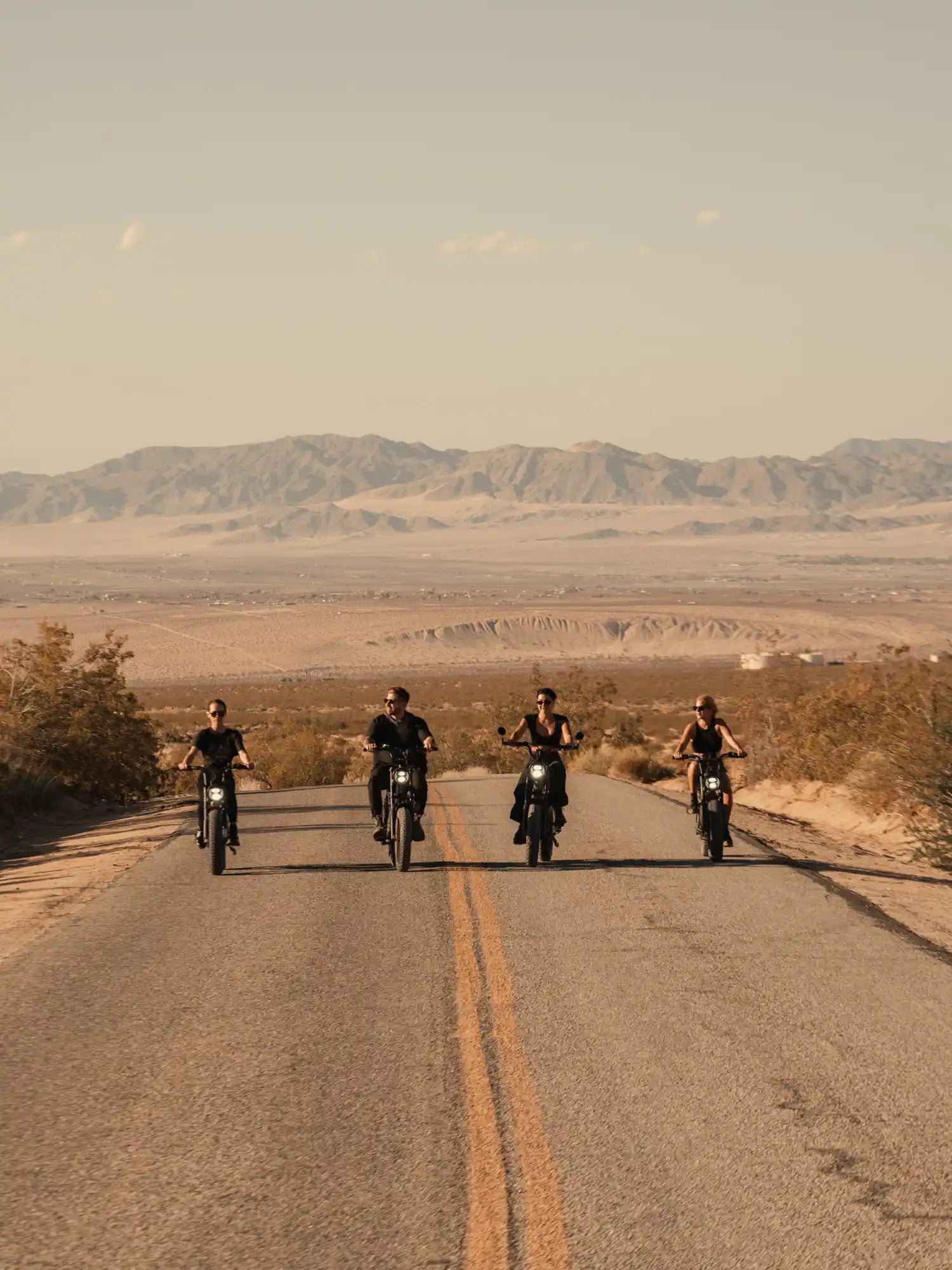

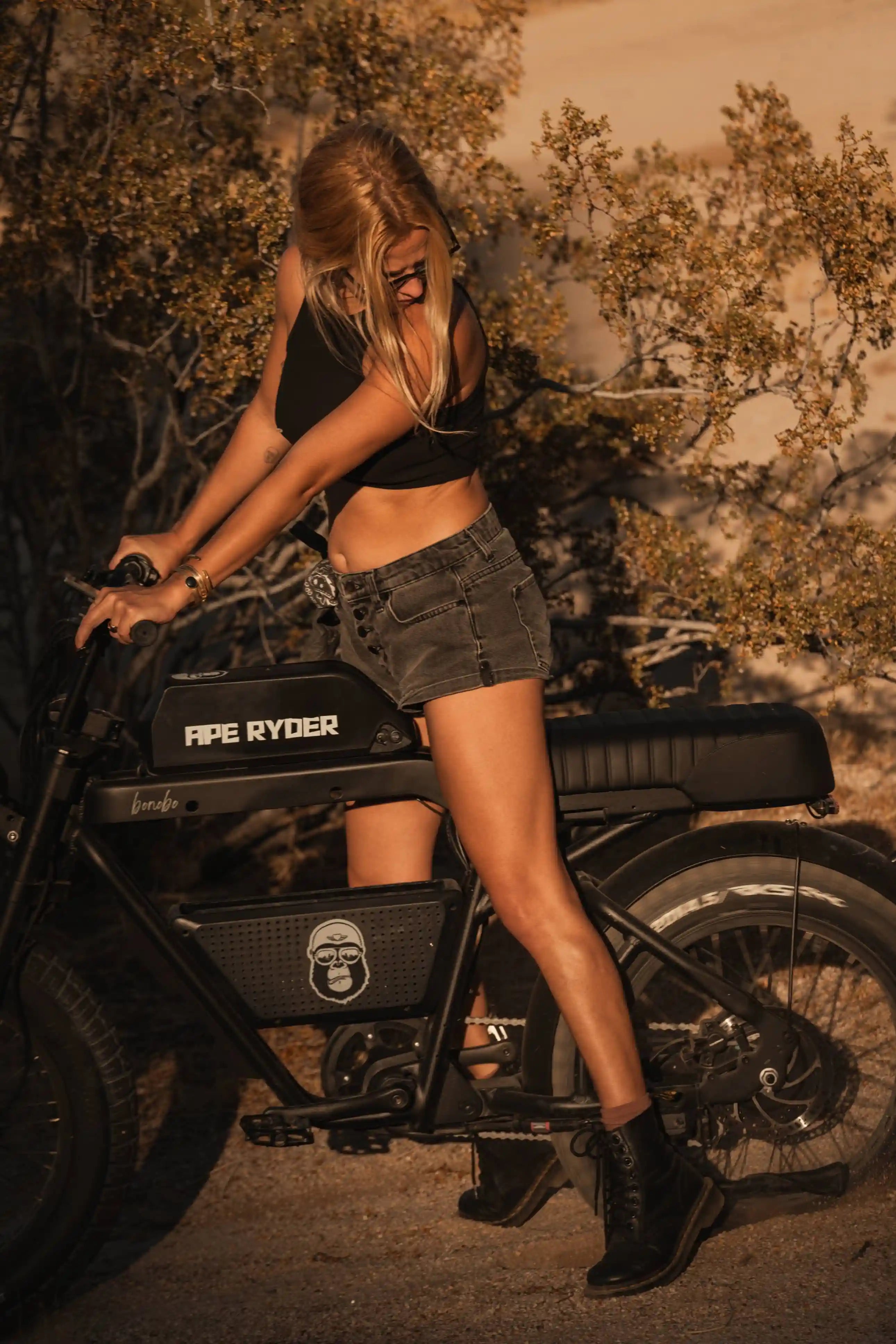

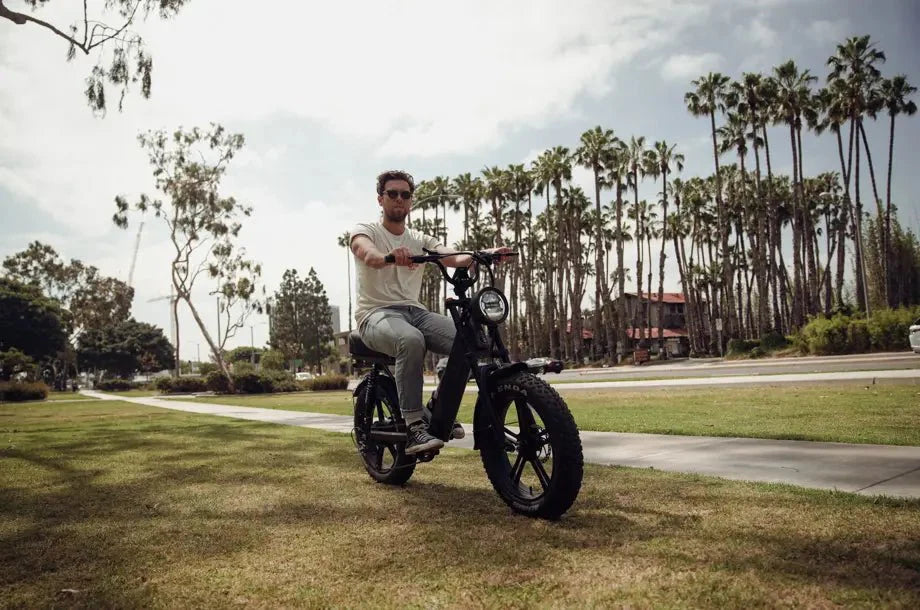
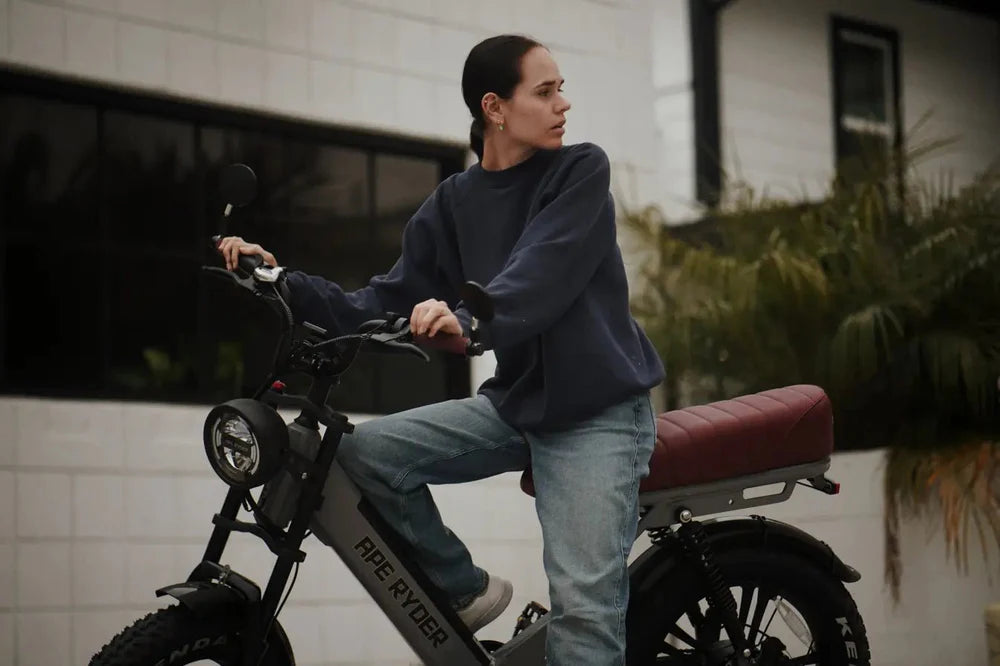
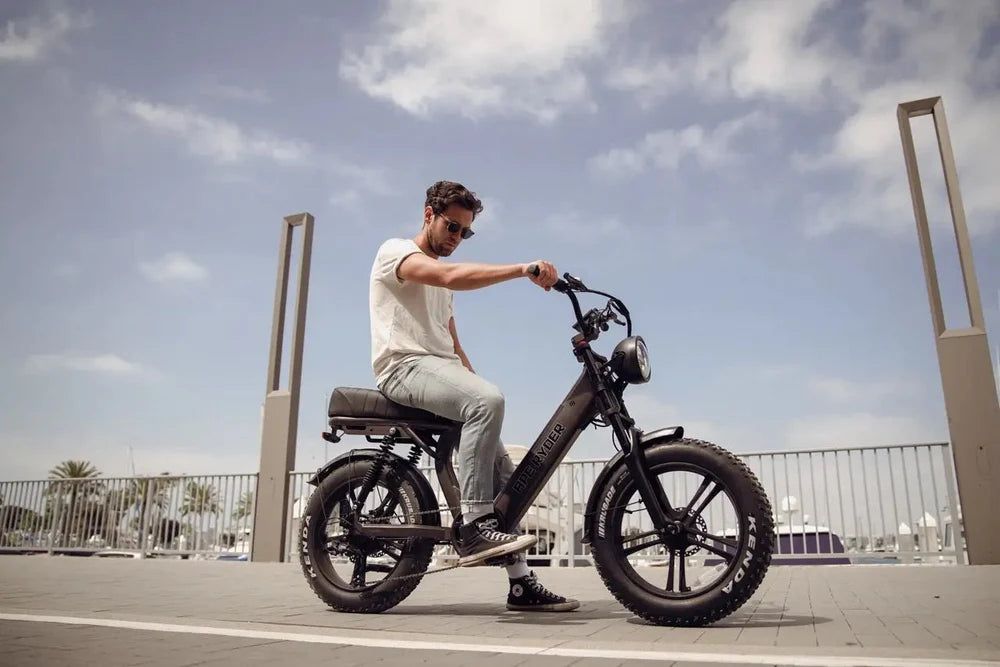
Leave a comment
All comments are moderated before being published.
This site is protected by hCaptcha and the hCaptcha Privacy Policy and Terms of Service apply.